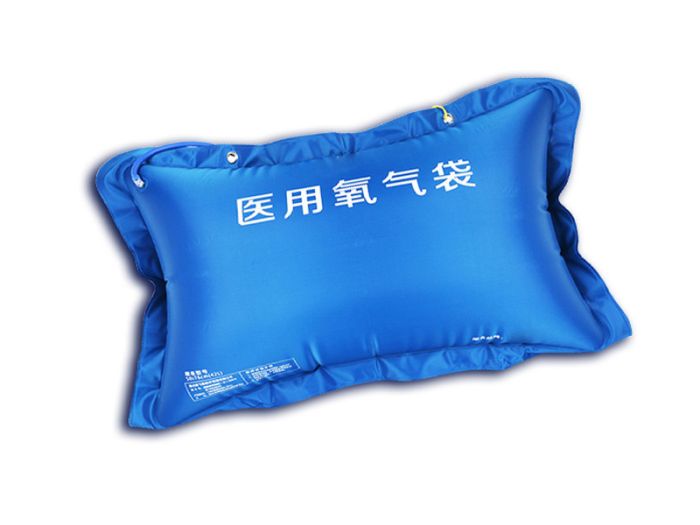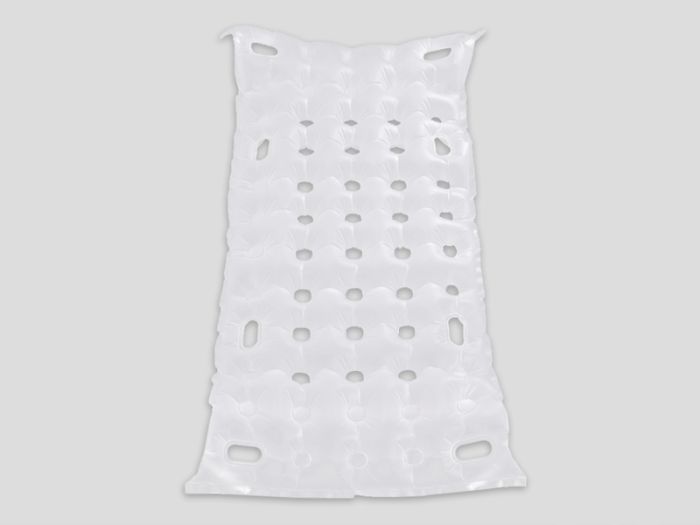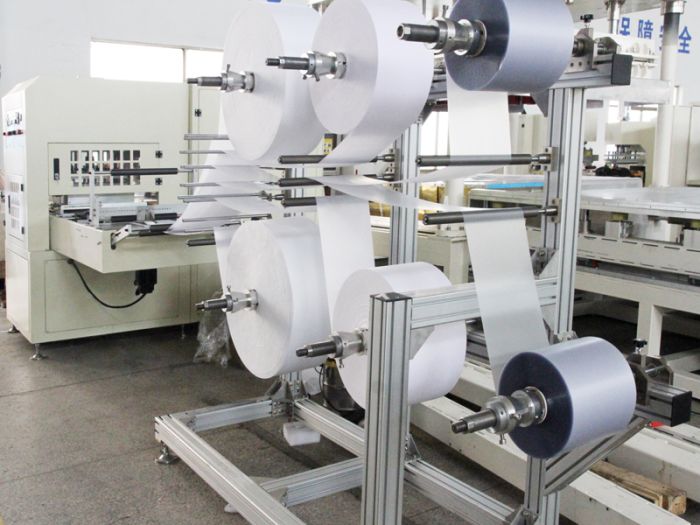Technology and application of blister box packaging for medical devices
I. Material Selection
Medical device blister packaging typically uses eco-friendly, non-toxic, and highly transparent plastic materials such as PET, PETG, and PVC. These materials offer excellent physical properties and chemical stability, meeting the stringent requirements for medical device packaging. Additionally, they provide sufficient toughness and impact resistance to effectively protect medical devices from damage during transportation and use.
II. Process Features
- High Precision: The thermoforming process ensures precise molding, guaranteeing a snug fit between the blister packaging and the medical device, thereby enhancing sealing integrity and protection.
- Aesthetic Customization: Blister packaging can be tailored in color, shape, and size to meet diverse packaging needs for medical devices while improving visual appeal.
- Eco-Friendliness: Blister packaging made from recyclable materials reduces environmental impact.
III. Application Areas
Medical device blister packaging is widely used for packaging various medical products, including but not limited to:
- Surgical instruments: Scalpels, tweezers, forceps, etc.
- Syringes and needles: Disposable syringes and reusable syringes.
- Medical consumables: Catheters, gauze, bandages, etc.
- Medical equipment: Components and accessories for devices such as patient monitors and ventilators.
IV. Key Considerations
- Sealing Integrity: Ensure airtight sealing between the blister packaging and the medical device to prevent contamination from dust, moisture, or other impurities that could compromise quality and safety.
- Sterility: For devices requiring sterile storage, blister packaging must meet sterility standards, often requiring pre-packaging sterilization.
- Clear Labeling: The packaging should clearly display the device name, specifications, production date, expiration date, and other critical information for proper use and management.
V. Development Trends
With advancements in medical technology and increasing demands for device quality and safety, medical blister packaging continues to evolve. Future trends will emphasize environmental sustainability, recyclability, and intelligent design to align with market needs and ecological requirements. As an efficient, eco-friendly, and visually appealing packaging solution, medical blister packaging holds broad application potential in the healthcare industry.



